Sexual Assault Within Universities in New Zealand.
How culture, social pressures and environment affect one of the worst crimes within Universities in Aotearoa.
(https://tenfour.nz/spaces/lecture-halls/)
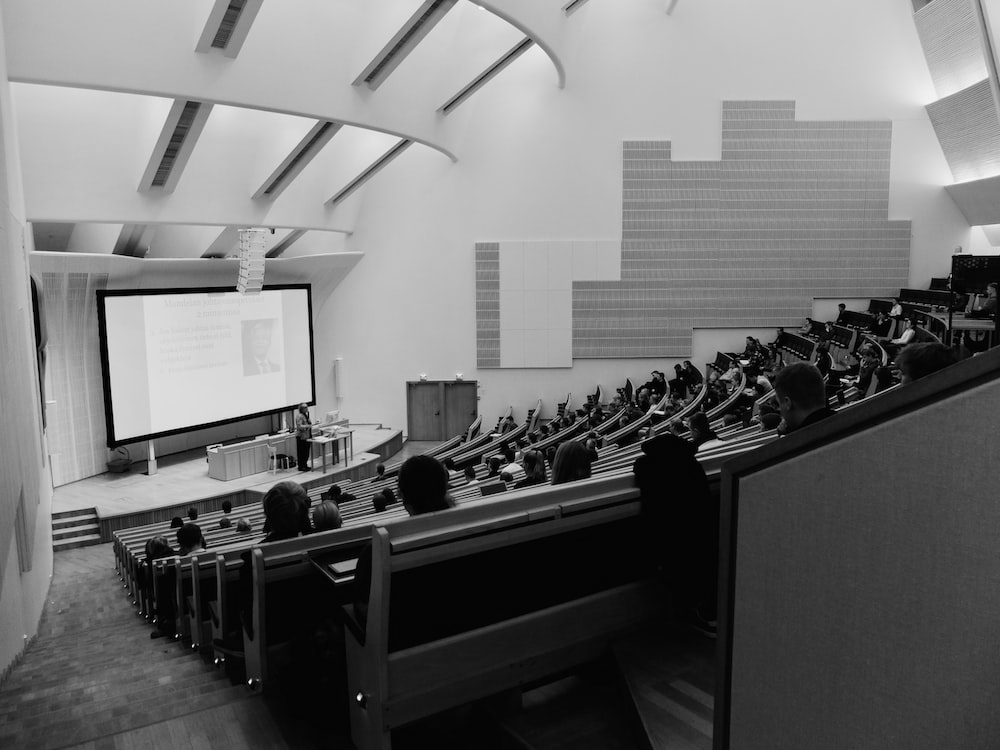
Content Warning
This presentation contains mentions of sexual assaults and a discussion of sexual assault cases
28% of University of Otago Students have reported Sexual Assault
But this problem isn't unique to Otago.
Sexual Violence is a problem across all University campuses in Aotearoa. Rates of sexual violence are at an all-time high between the ages of 16-24--this is the time most of us are at University. A third of all university students have experiences some form of sexual violence.
Often victims know their abuser.
A study done in an overseas university--shows that the most common offender is a persons friend or acquaintance, then an ex partner or someone from a date.
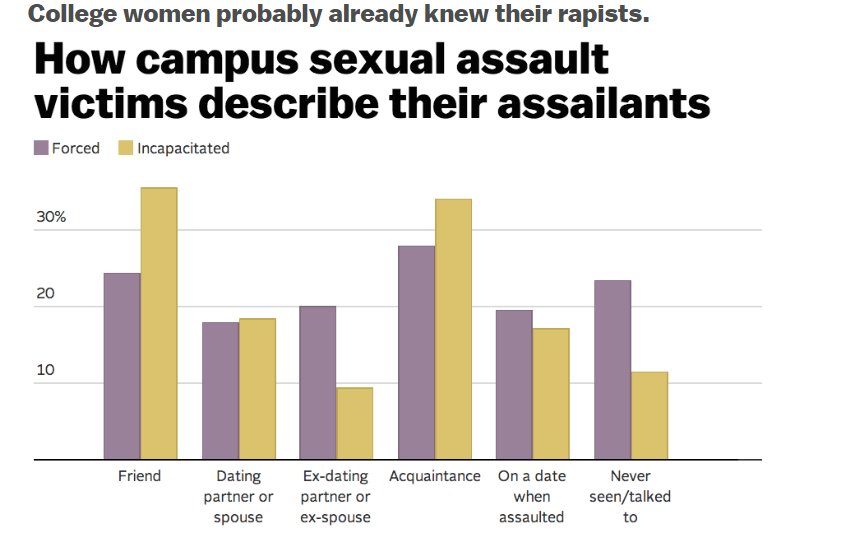
The problem is clear, and it is prevalent within our wider society too.
However, the most common way we are talking about this issue, is the justice sector.
Survivors only make up a small section of this pie chart. With the justice sector, police and courts making up a whopping 85% of the total chart.
Wiltshire, L. (2020, October 9). The dark side of university: 28 per cent of students experience sexual assault, Otago study finds. Stuff. https://www.stuff.co.nz/national/education/123017122/the-dark-side-of-university-28-per-cent-of-students-experience-sexual-assault-otago-study-finds#:~:text=A%20study%20of%20students%20at,only%20told%20one%20close%20person.
Wood, N., & Dickson, S. (n.d.). https://toah-nnest.org.nz/wp-content/uploads/2022/03/ReportingSexualViolence.pdf
Nelson, L. (2014, May 9). Six charts that explain sexual assault on college campuses. Vox; Vox. https://www.vox.com/2014/5/9/5696162/6-facts-about-sexual-assault-on-campus
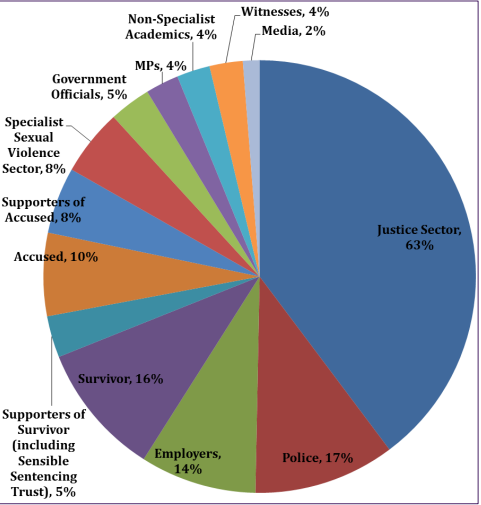
Why?
Many factors contribute to the high prevalence of sexual assault in universities, one factor is the lack of sexual education or awareness of the issue (Hubach et al., 2019). University students often have limited knowledge of healthy relationships, consent, and sexual health. Which can lead to unhealthy relationships or dangerous/violent sexual interactions (Hubach et al., 2019).
This is due to inconsistent sexual education programs in New Zealand high schools and a lack of awareness around the issue in universities and the media. This leads to sex and sexual health becoming a taboo topic that is not often talked about (Fitzpatrick, 2018; Hubach et al., 2019).
Fitzpatrick, K. (2018). Sexuality education in New Zealand: a policy for social justice? Sex Education, 18(5), 601–609. https://doi.org/10.1080/14681811.2018.1446824
Hubach, R. D., Story, C. R., Currin, J. M., Woods, A., Jayne, A., & Jayne, C. (2019). “What Should Sex Look Like?” Students’ Desires for Expanding University Sexual Assault Prevention Programs to Include Comprehensive Sex Education. Qualitative Health Research, 29(13), 1967–1977. https://doi.org/10.1177/1049732319844502
Thursdays In Black. (n.d.). Thursdays In Black Protest [Image]. https://thursdaysinblack.org/
The lack of sexual education and awareness around the issue also contributes to inadequate support systems for university students (Hubach et al., 2019; Muehlenhard et al., 2017). This means that sexual assault is rarely reported, so victims feel unsupported and trapped, and offenders are not held accountable which means they face few consequences for their actions; therefore, contributing to the issue and reinforcing rape culture (Hubach et al., 2019; Muehlenhard et al., 2017).
Hubach, R. D., Story, C. R., Currin, J. M., Woods, A., Jayne, A., & Jayne, C. (2019). “What Should Sex Look Like?” Students’ Desires for Expanding University Sexual Assault Prevention Programs to Include Comprehensive Sex Education. Qualitative Health Research, 29(13), 1967–1977. https://doi.org/10.1177/1049732319844502
Muehlenhard, C. L., Peterson, Z. D., Humphreys, T. P., & Jozkowski, K. N. (2017). Evaluating the One-in-Five Statistic: Women’s Risk of Sexual Assault While in College. The Journal of Sex Research, 54(4-5), 549–576. https://doi.org/10.1080/00224499.2017.1295014
Studies have shown that certain risk factors increase the likelihood of sexual assault, such as alcohol or drug use, previous experiences of sexual/physical violence and mental illness (Caamano-Isorna et al., 2018). Alcohol and drugs were used in around 50% of all sexual assault cases by either the perpetrator or the victim (Heather et al., 2004).
However, alcohol is not the sole risk factor of sexual assault and other risk factors like previous victimisation, ethnicity and sexual orientation also contribute (Caamano-Isorna et al., 2018; Heather et al., 2004).
Caamano-Isorna, F., Adkins, A., Moure-Rodríguez, L., Conley, A. H., & Dick, D. (2018). Alcohol Use and Sexual and Physical Assault Victimization Among University Students: Three Years of Follow-Up. Journal of Interpersonal Violence, 36(7-8), 3574-3595. https://doi.org/10.1177/0886260518780413
Heather, Foley, K. L., DuRant, R. H., Hensberry, R. A., Altman, D. G., & Wolfson, M. (2004). Adolescent sexual victimization, use of alcohol and other substances, and other health risk behaviors. Journal of Adolescent Health, 35(4), 321–328. https://doi.org/10.1016/j.jadohealth.2003.09.023
Party Culture
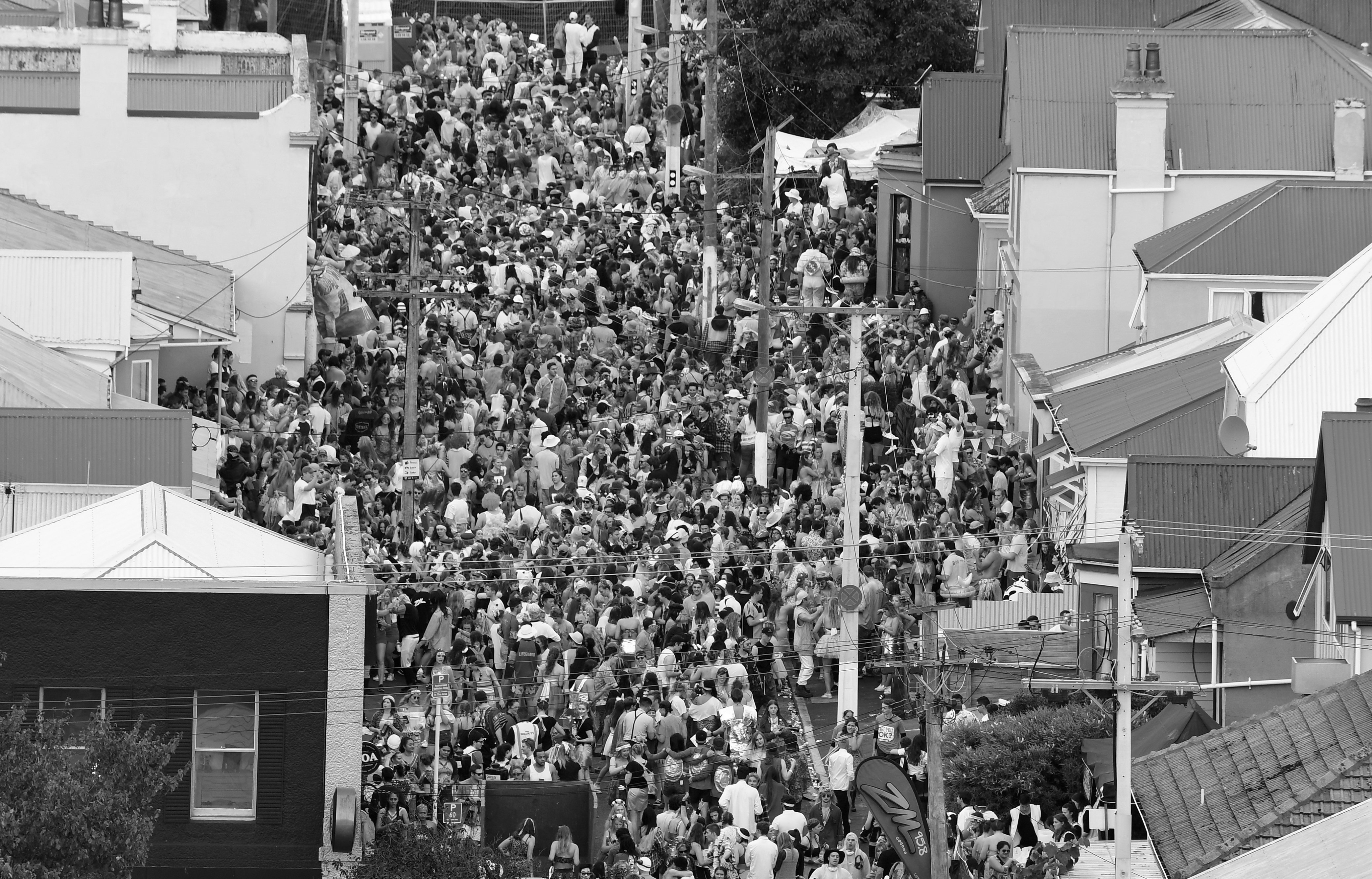
Drinking, for some, is a huge part of university.
But with heavy drinking--there are lots of dangers;
Especially when it comes to Sexual Assault.
Lindo, J. M., Siminski, P., & Swensen, I. D. (2018). College Party Culture and Sexual Assault. American Economic Journal: Applied Economics, 10(1), 236–265. https://doi.org/10.1257/app.20160031
Jaquiery, S. (2019). Party Culture Street [Image]. Otago Daily Times. https://www.odt.co.nz/news/dunedin/campus/university-of-otago/otago-student-parties-so-big-people-travel-auckland
2/3 of Student Assaults occur when either one or both parties are inebriated. (Jason M. Lindo, Peter Siminski, and Isaac D. Swensen, 2018)
The drinking age in New Zealand is 18, that is the age when most of us are going to university--and first learning how to drink responsibly.
New Zealand has a nationwide problem with drinking culture, this and university culture makes an even bigger problem. (Kypros Kypri, Maclennan, B., Cousins, K., & Connor, J, 2018)
Why do Parties increase the risk of sexual assault? Parties increase social contact, lots of people in a contained space, lack of security and lack of rules--scholars also believe that perpetrators think there is less risk of being caught if the victim is inebriated. (Swensen, Isaac; Lindo, Jason; and Peter Siminski 2018)
In New Zealand, we have seen very risky behaviour in our party culture--our student flats are very unsafe even to live in (let alone party in) and on top of that our parties often go unregulated. So with the closure of safer drinking spaces the problem of sexual assault among other things, widely increases.
Kypros Kypri, Maclennan, B., Cousins, K., & Connor, J. (2018). Hazardous Drinking among Students over a Decade of University Policy Change: Controlled Before-and-After Evaluation. International Journal of Environmental Research and Public Health, 15(10), 2137–2137. https://doi.org/10.3390/ijerph15102137
Research Brief College Party Culture and Sexual Assault - Regulation and Applied Economic Analysis | Montana State University. (2018). Montana.edu. https://www.montana.edu/regecon/publications/collegepartycultureandsexualassaultresearchbrief/index.html#:~:text=In%20addition%2C%20potential%20perpetrators%20may,simply%20by%20increasing%20social%20contact.
Re: News. (2022, August 7). Her best friend died at a Dunedin flat party. Now she’s calling for change [Video]. YouTube. https://www.youtube.com/watch?v=v-yqlsRm9WA
Victim Blaming and The Media
Victim blaming is a huge issue in sexual assault victimisation, it causes further distress and reinforces rape culture in universities (Reling et al., 2017; Stubbs-Richardson et al., 2018). This is partially due to rape myths that are reinforced by the media, these myths include, that a person’s behaviour invites sexual assault, such as wearing revealing clothing; that a person can consent when they are intoxicated, and that rape is mainly committed by strangers (Durham, 2021; Stubbs-Richardson et al., 2018).
These myths are reinforced by the media as they often focus on sexual assault cases committed by strangers and/or highlight when drugs/alcohol are involved (Beaumont et al., 2021). These myths normalise sexual aggression/violence (Rape culture) by shifting the blame away from the offender, which in turn causes victim blaming.
Beaumont, S., Barton, A. M., Jordan, J., & Monod de Froideville, S. (2021). Look at her, it’s the same old story. Feminist Media Studies, 22(6), 1478–1494. https://doi.org/10.1080/14680777.2021.1893780
Reling, T.T., Barton, M.S., Becker, S., & Valasik, M.A. (2017). Rape Myths and Hookup Culture: An Exploratory Study of U.S. College Students’ Perceptions. Sex Roles, 78(7-8), 501–514. https://doi.org/10.1007/s11199-017-0813-4
Stubbs-Richardson, M., Rader, N. E., & Cosby, A. G. (2018). Tweeting rape culture: Examining portrayals of victim blaming in discussions of sexual assault cases on Twitter. Feminism & Psychology, 28(1), 90–108. https://doi.org/10.1177/0959353517715874
Batangan, D. (2021). #Why I Didn’t Report [Image]. Medium. https://medium.com/the-pink/rape-culture-all-the-small-things-3f70d93f8cd0
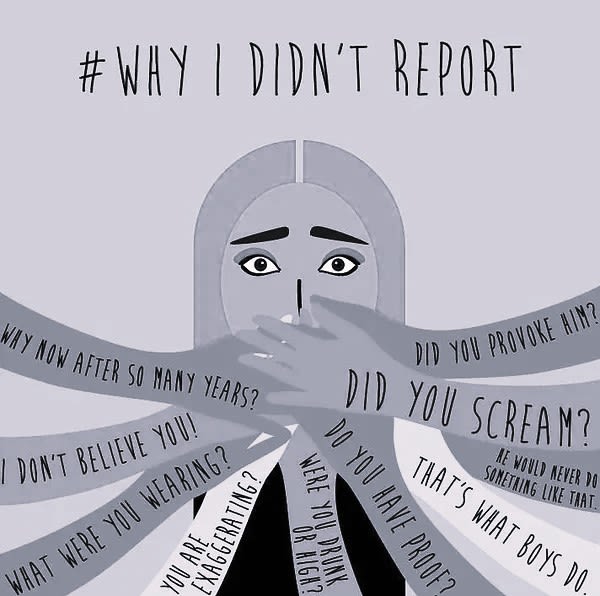
Sexual assault prevention programs and the media tend to focus on preventative measures when addressing the issue, such as not going out alone or drinking too much (Beaumont et al., 2021). These measures cause victim blaming and are often directed towards women, reinforcing the gender stereotype that women are fragile and need protection (Merken & James, 2019). This focus on preventative measures must change, as women should not have to regulate their behaviour to avoid sexual assault.
The reinforcing of rape culture, gender stereotypes and focus on preventative measures means many people do not report sexual assault that occurs in universities. This issue must be addressed to combat the high prevalence of sexual assault in universities and provide more support for victims.
Beaumont, S., Barton, A. M., Jordan, J., & Monod de Froideville, S. (2021). Look at her, it’s the same old story. Feminist Media Studies, 22(6), 1478–1494. https://doi.org/10.1080/14680777.2021.1893780
Merken, S., & James, V. (2019). Perpetrating The Myth: Exploring Media Accounts of Rape Myths on “Women’s” Networks. Deviant Behavior, 41(9), 1176–1191. https://doi.org/10.1080/01639625.2019.1603531
Russell, G. (2022). University of Vermont students gather at a protest against the administration’s response to sexual assaults on campus in Burlington on Wednesday [Image]. VTDigger. https://vtdigger.org/2022/04/27/students-walk-out-to-demand-changes-in-treatment-of-sexual-misconduct-cases/
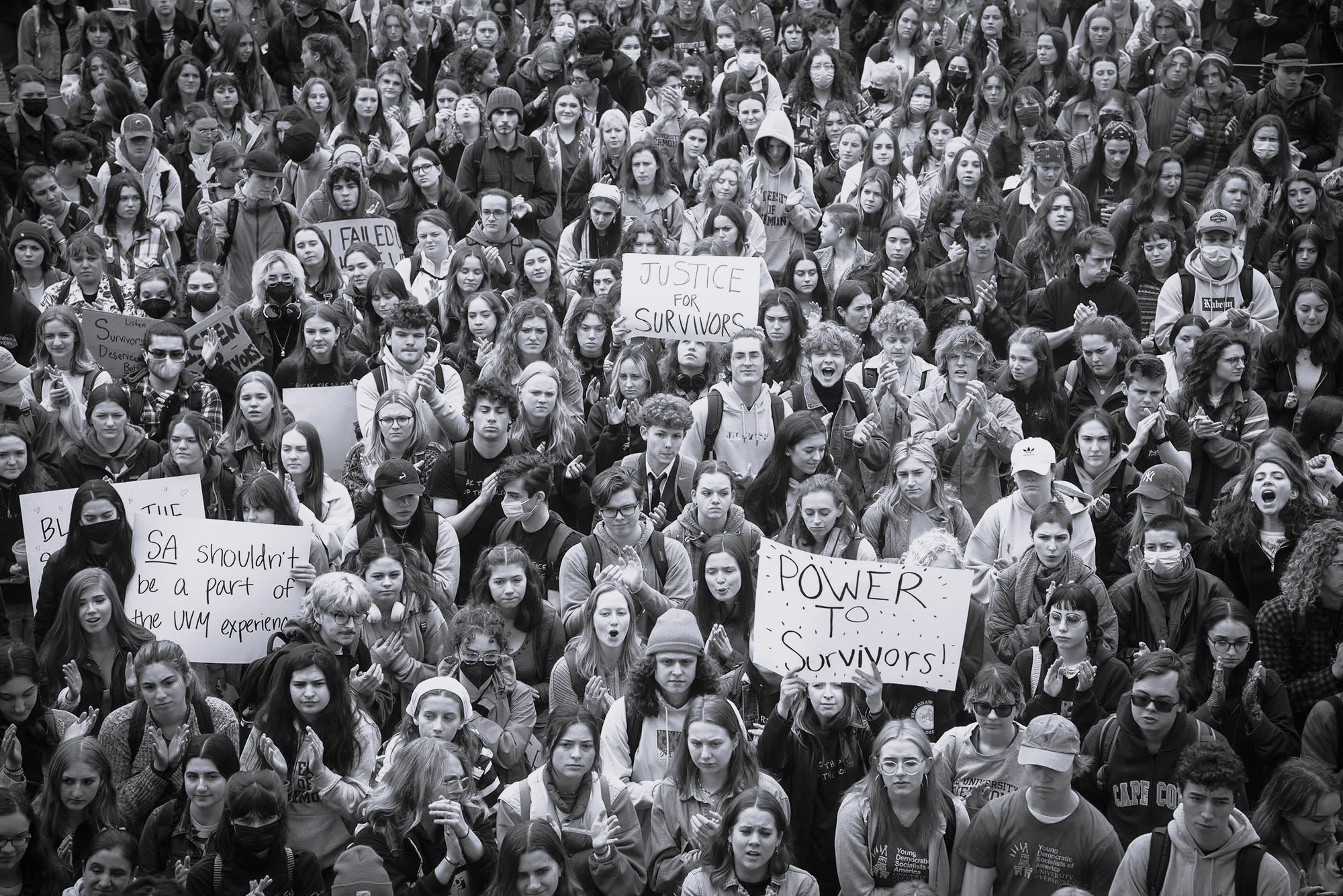
New Zealand University's have very little to no information on how to make a report if you are a victim of sexual assault. With Auckland, AUT, Waikato and Canterbury yet to implement sexual misconduct policies.
While the University of Otago has implemented sexual misconduct policies, they are very confusing and end up leading students to this...
A very confusing flow chart Providing little to no key information. MacManus, J., & Mau, A. (2019, May 20). No clear sexual assault reporting system at New Zealand universities.
Lack of contact information
Very confusing to follow.
If you want to report a case of sexual violence at the University of Otago: The first result is a page titled 'Information about sexual violence', which gives definitions for various forms of sexual violence, and has an entire section of the Crimes Act relating to the definition of consent. It is 2700 words long. There are no phone numbers, contact details, or instructions for how to make a report.
MacManus, J., & Mau, A. (2019, May 20). No clear sexual assault reporting system at New Zealand universities. Stuff https://www.stuff.co.nz/national/112689669/no-clear-sexual-assault-reporting-system-at-new-zealand-universities#:~:text=Students%20who%20have%20been%20sexually,assaulted%20while%20they%20are%20studying
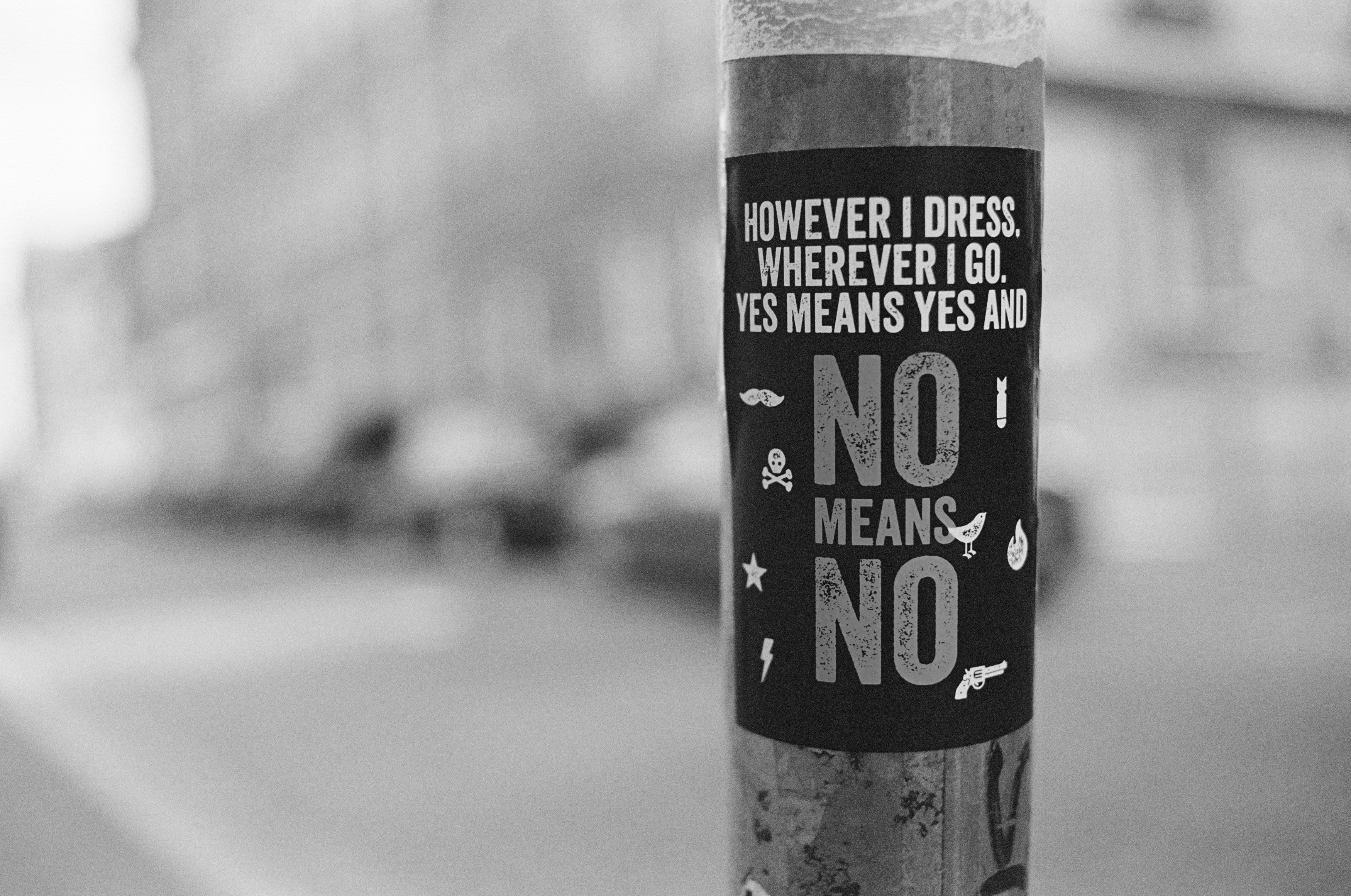
Unheard, Unseen, Unacknowledged- Marie's story
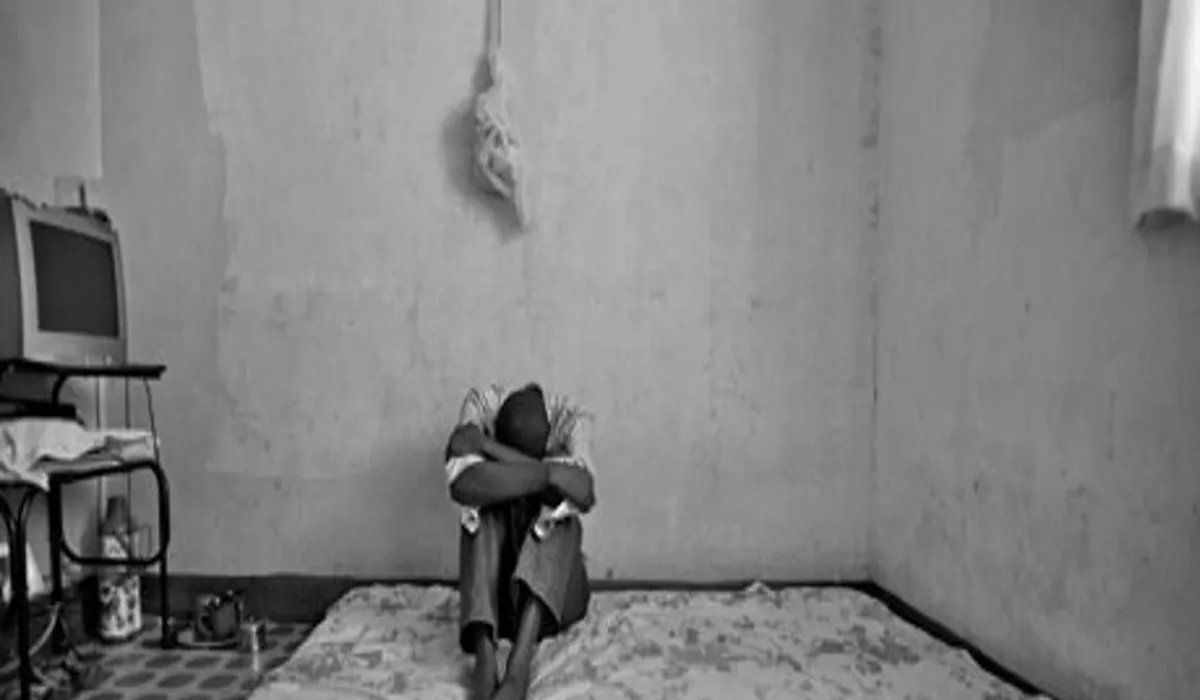
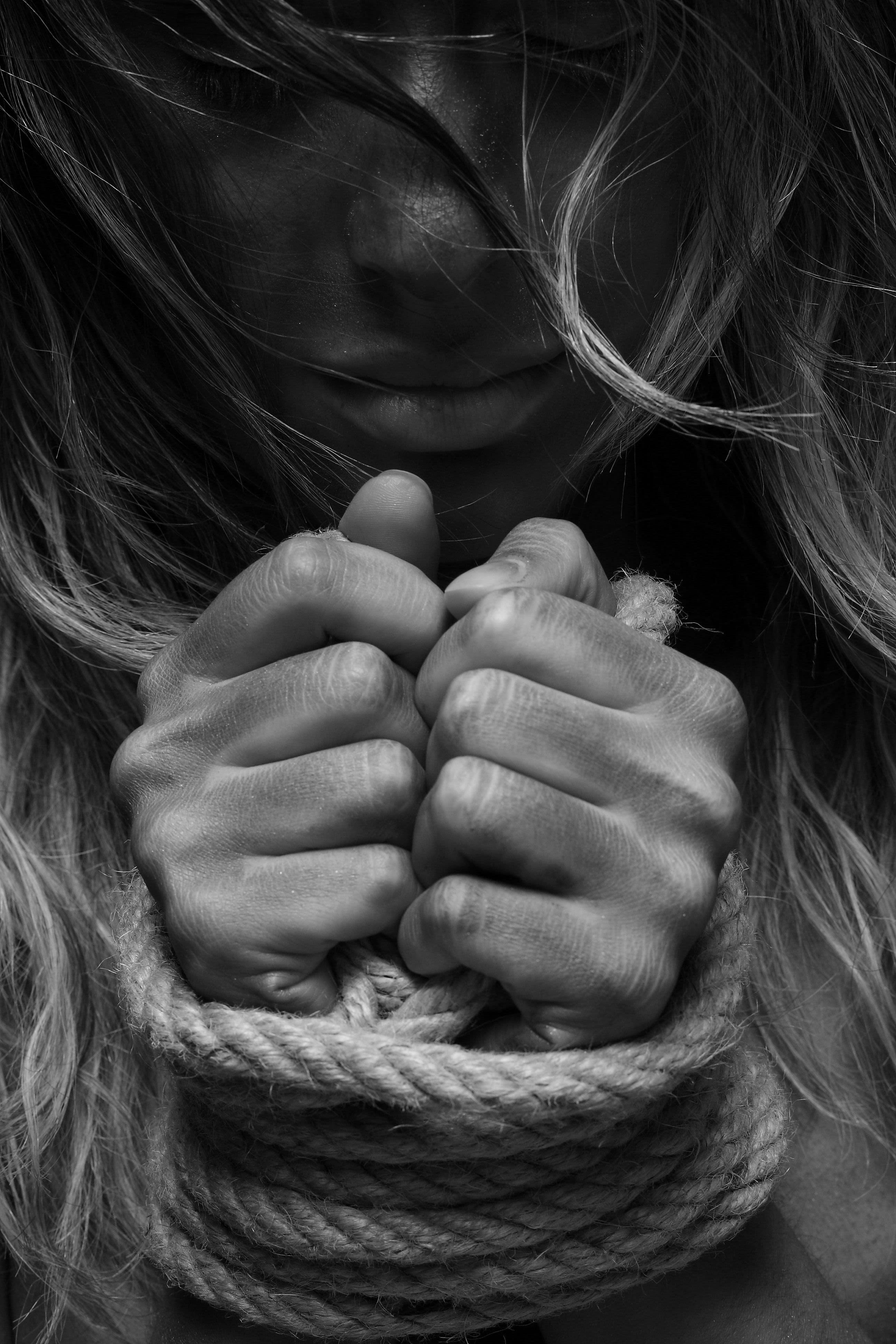
Photo by engin akyurt on Unsplash
Photo by engin akyurt on Unsplash
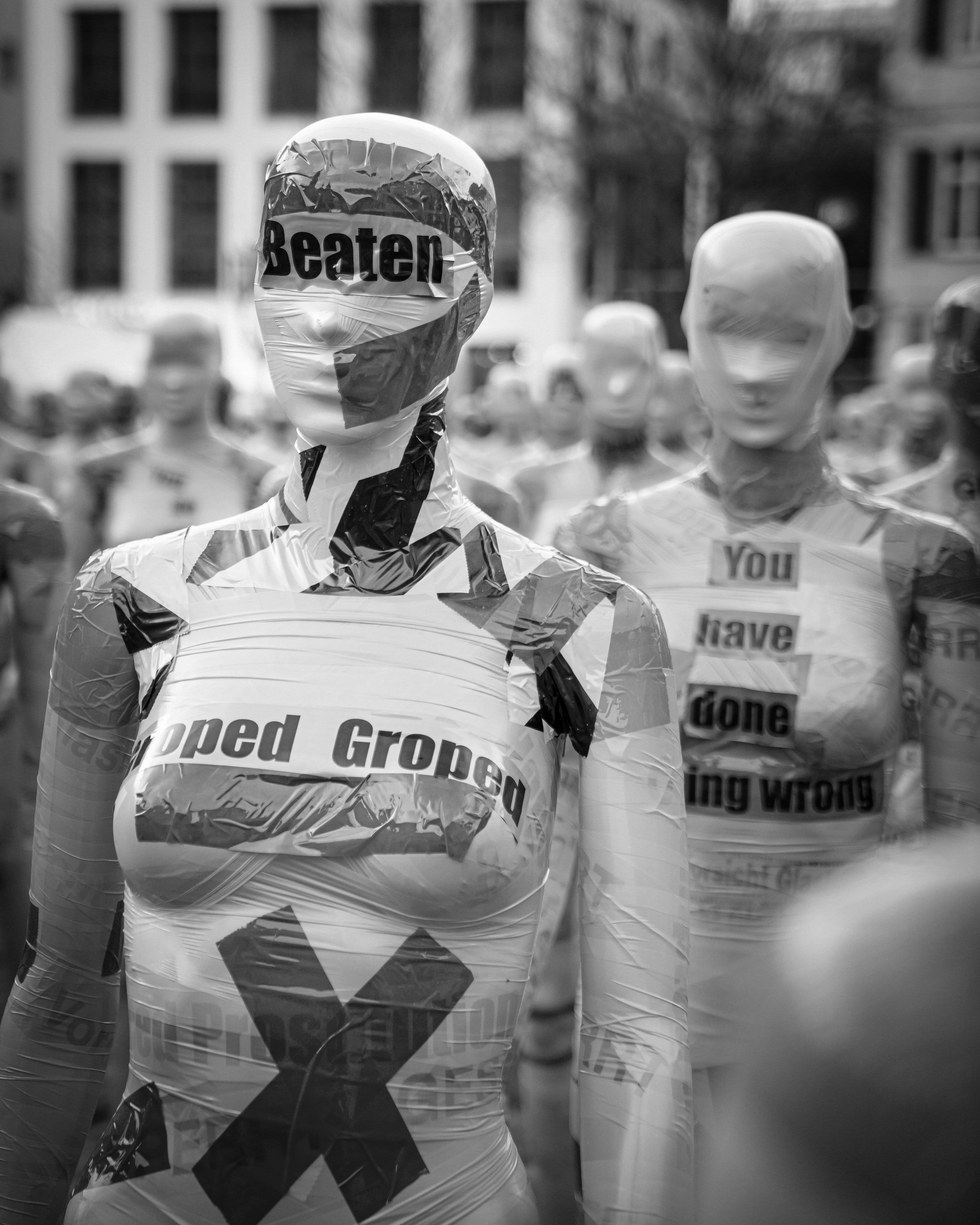
Photo by Mika Baumeister on Unsplash
Photo by Mika Baumeister on Unsplash
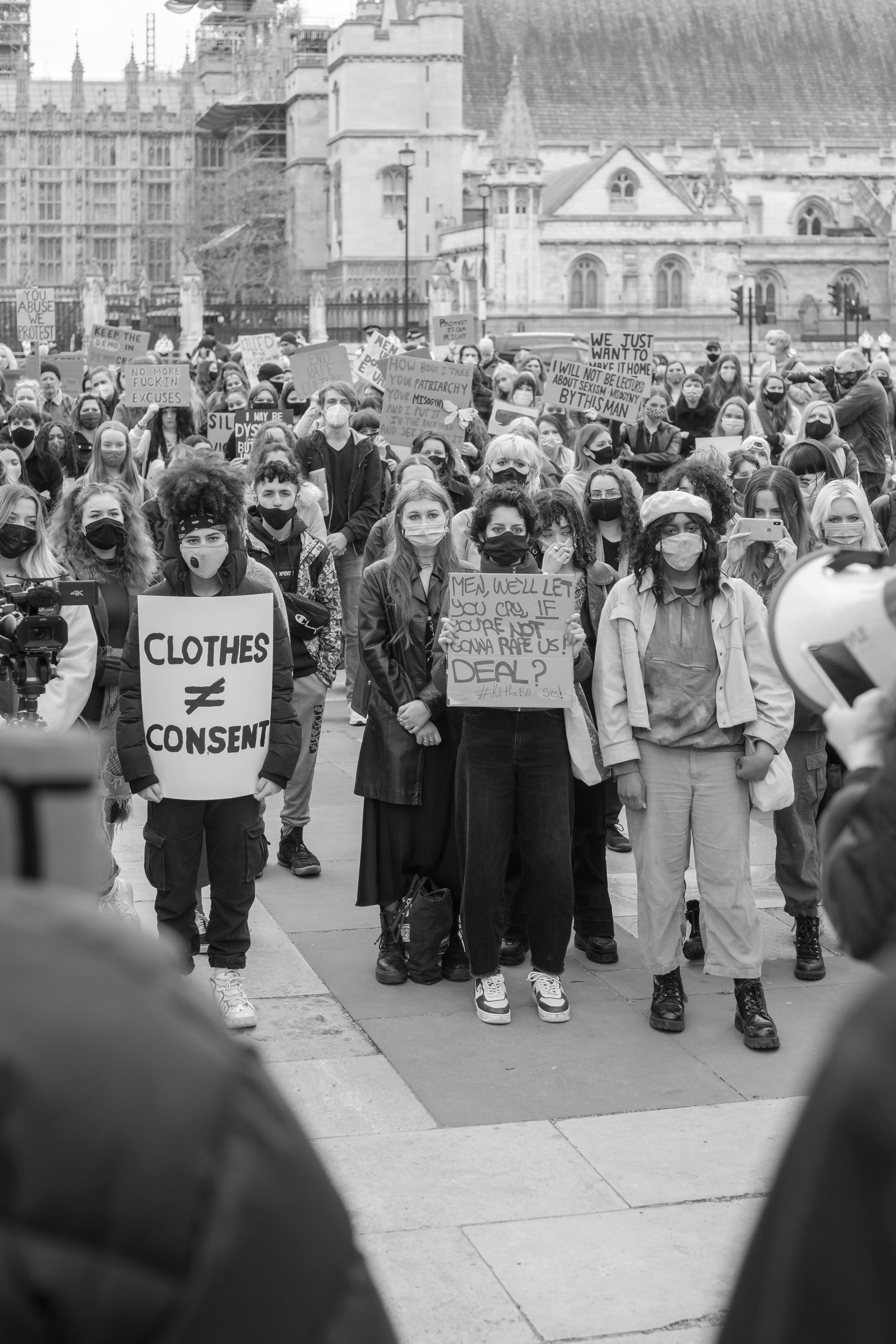
Photo by Ehimetalor Akhere Unuabona on Unsplash
Photo by Ehimetalor Akhere Unuabona on Unsplash
On March 10th, 2019, Marie (whos real name was suppressed) was allegedly sexually assaulted at Massey University's Northern campus, in Palmerston North, leaving her with bleeding and bruising, requiring her to seek medical attention.
Marie informed one of her professors of the attack, and a week later reported it to the police. The professor was horrified of the alleged attack and was confident and reassuring that the assailant would be 'done'.
Instead, five months later, the alleged perpetrator is still studying on campus and has been employed as a tutor working alongside young female students.
"At first I thought the university really didn't get it, but then I explained over and over again and they still didn't do anything"
"This is my life right now, this is what I'm doing instead of my PhD - writing statements, enlisting people to help me."
"Every time I have to talk about this, it takes me hours to recover from, and I'm in a state of panic. I just can't stop crying, I can't function as a person when I'm reliving this."
- Marie
Duff, M. (2019, August 21). Massey University accused of mishandling allegations of a violent sexual assault. Stuff. https://www.stuff.co.nz/national/115029105/massey-university-accused-of-mishandling-allegations-of-a-violent-sexual-assault#:~:text=Massey%20University%20accused%20of%20mishandling%20allegations%20of%20a%20violent%20sexual%20assault,-Michelle%20Duff05&text=Massey%20University%20could%20not%20point,attacker%20removed%20from%20her%20workplace.
The University was very lack luster with how they responded to Marie's case, they university seemed to be concerned with the perpetrators 'reputation'. Due to this Marie was restrained from sharing the experience of the assault with any students and would it be deemed 'totally unacceptable' if she was too, this was because of the case lacking 'substantial evidence'.
Marie is one of thousands of Women who have been a victim of sexual assault at Universities in New Zealand each year... and will go Unheard, Unseen and Unacknowledged.
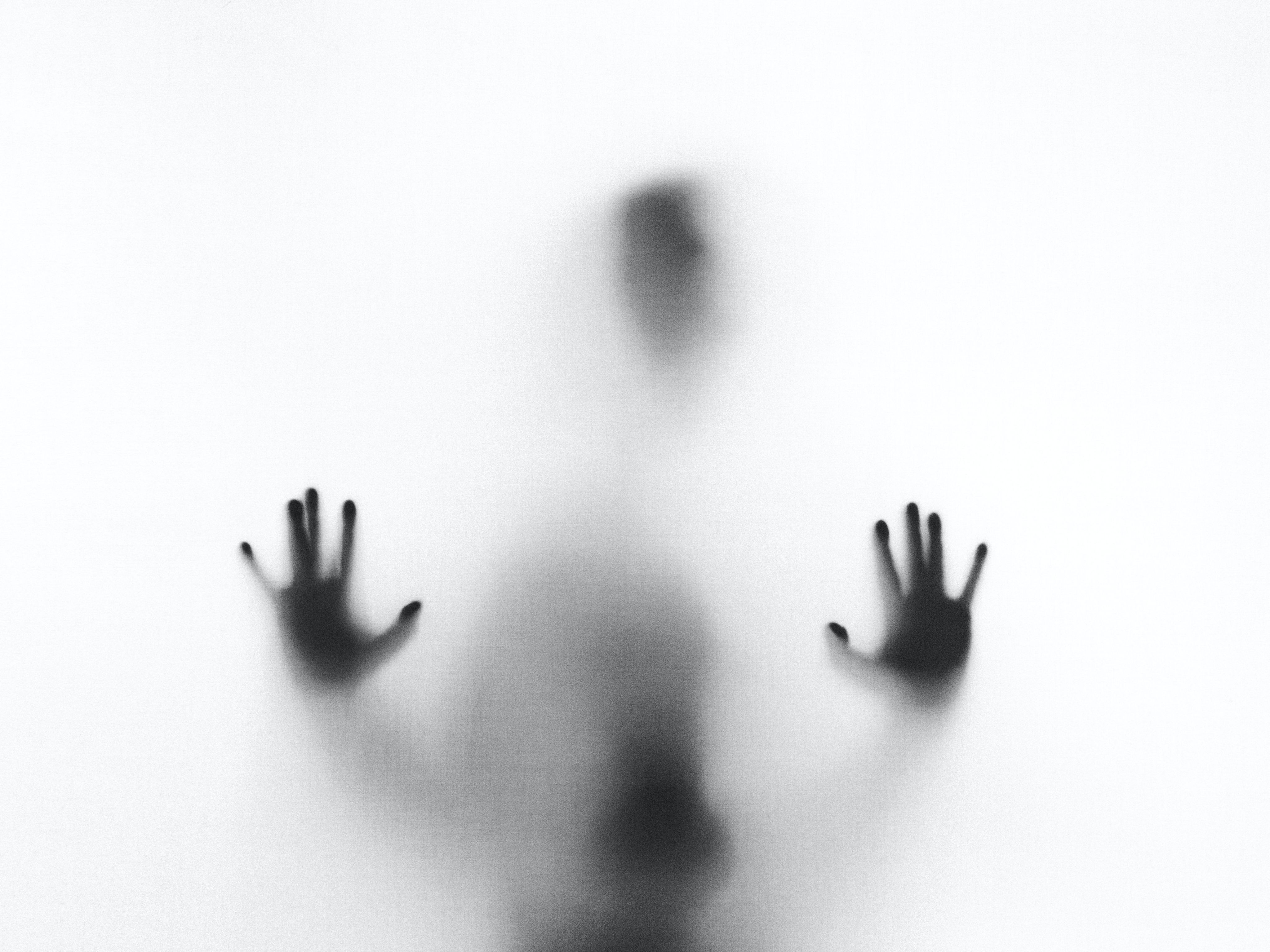
Photo by Stefano Pollio on Unsplash
Photo by Stefano Pollio on Unsplash
Male Students Are Victims Too
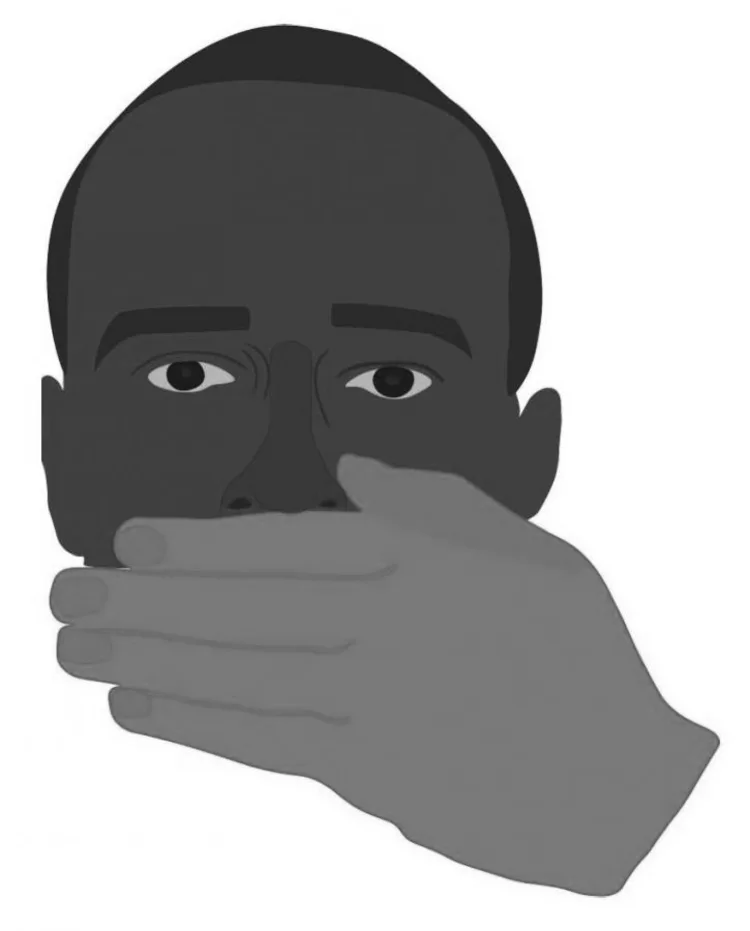
1 in 6 Kiwi Males Experience Sexual Abuse
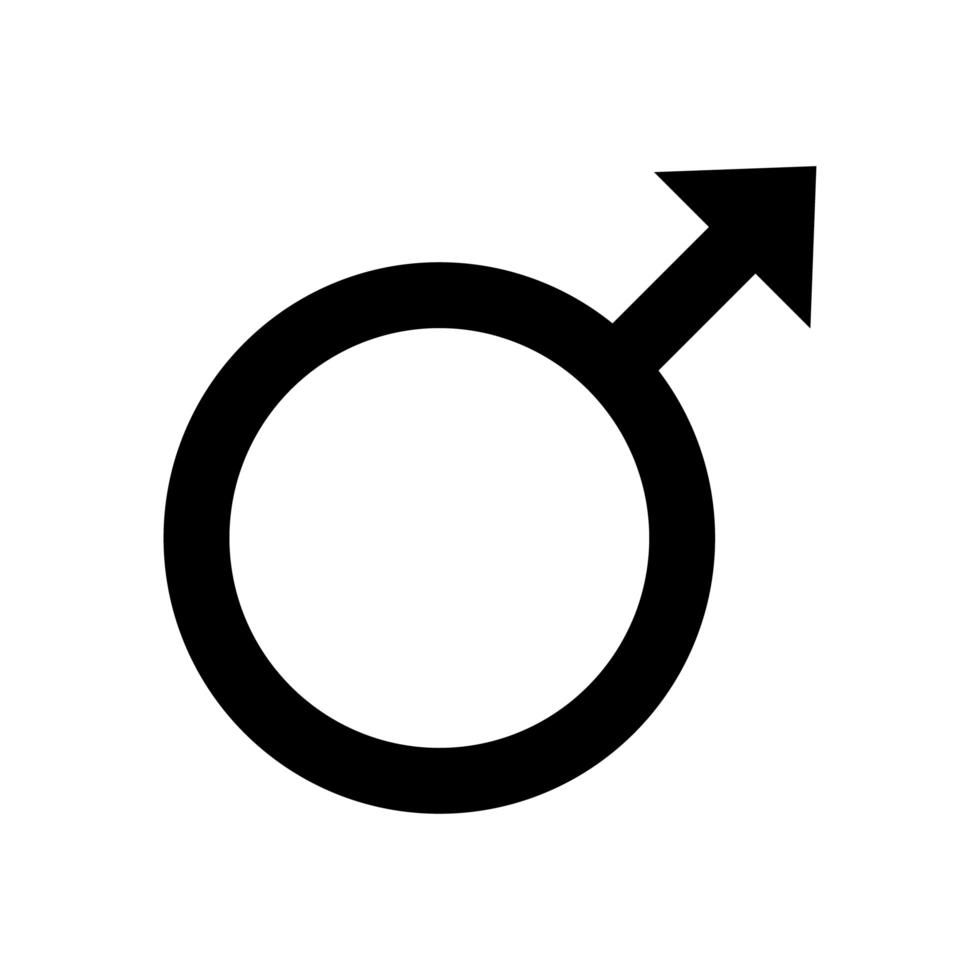
Over 300,000 Kiwi men experience sexual abuse in their lifetime, many before the age of 18.
Social stigmas often invalidate male victims, decreasing their confidence and likelihood of speaking up to report their assault.
As a result of social stigmas, males take an average of 10 to 13 years longer to report sexual abuse than females.
22% of Men Report Assault
vs
41% of Women Report Assult
Male sexual abuse in New Zealand. (n.d.). Men and Trauma New Zealand. https://www.menandtrauma.nz/male-sexual-abuse-in-new-zealand.html
Andrew's Story of Sexual Assult at Brown University
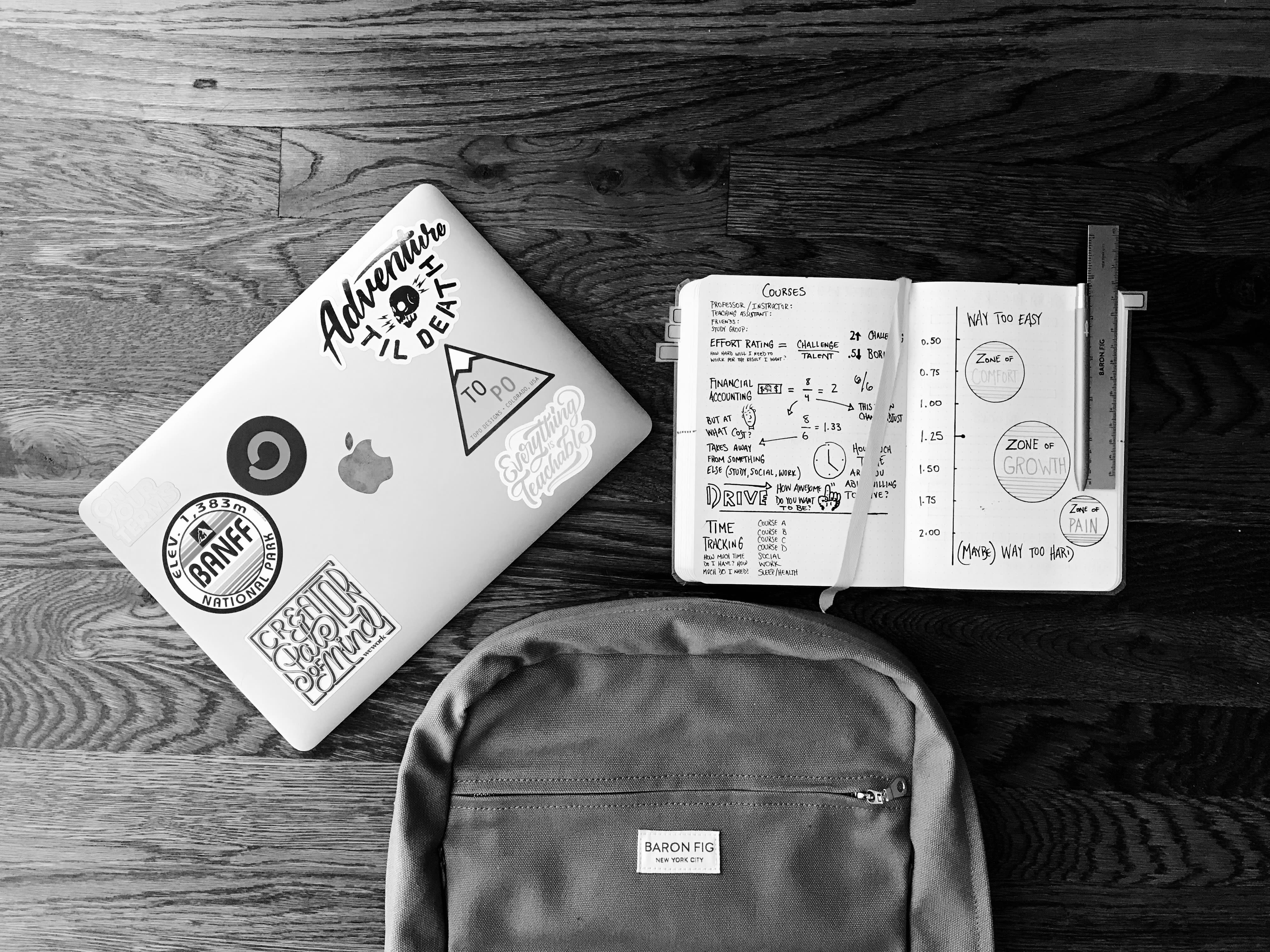
Photo by Matt Ragland on Unsplash
Photo by Matt Ragland on Unsplash
In September, 2011 Andrew, a freshman at Brown University, was assaulted within his first week of class.
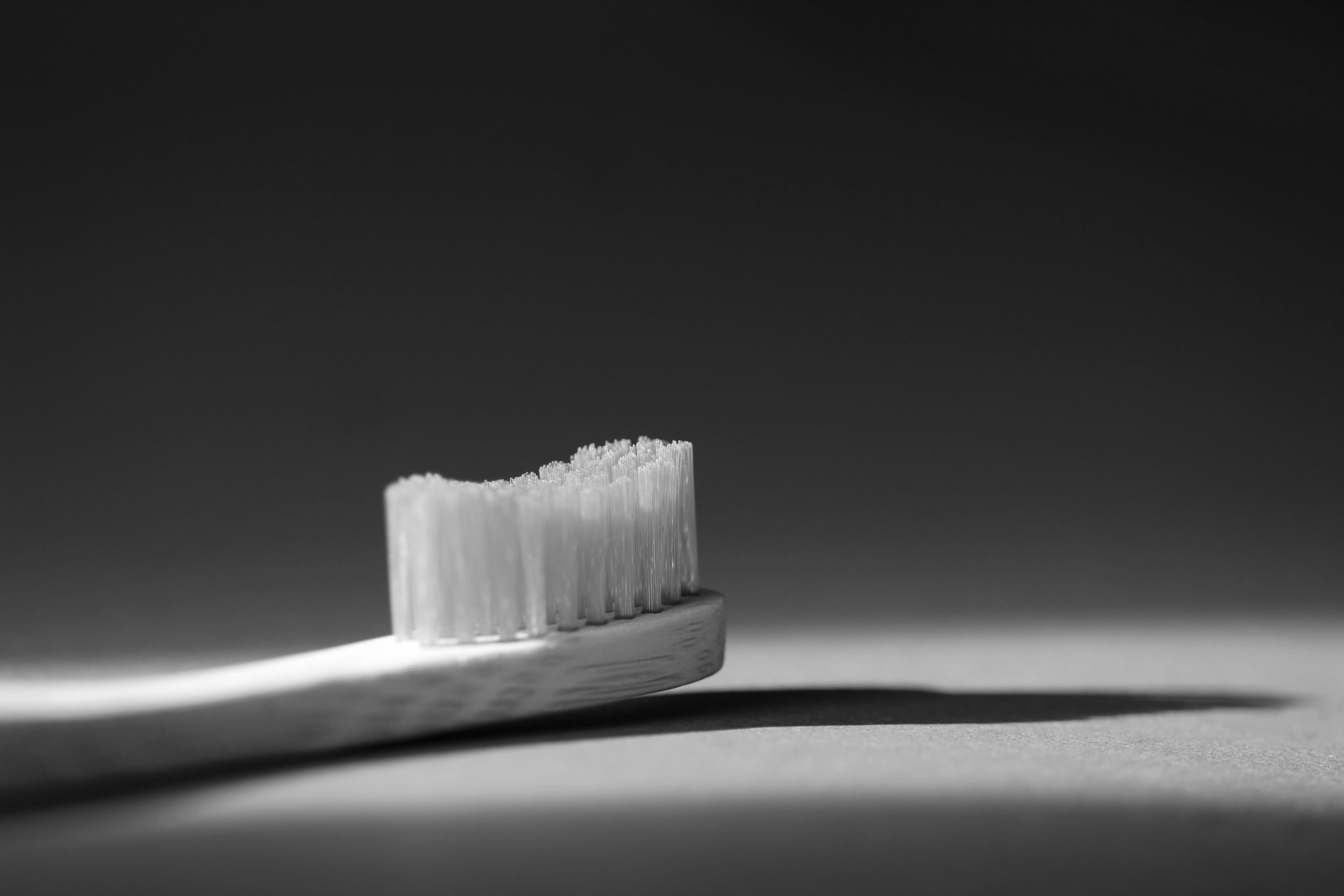
Photo by Anne Nygård on Unsplash
Photo by Anne Nygård on Unsplash
When arriving to the bathroom to brush his teeth in the morning, he was met by another student who told him, "You're hot,".
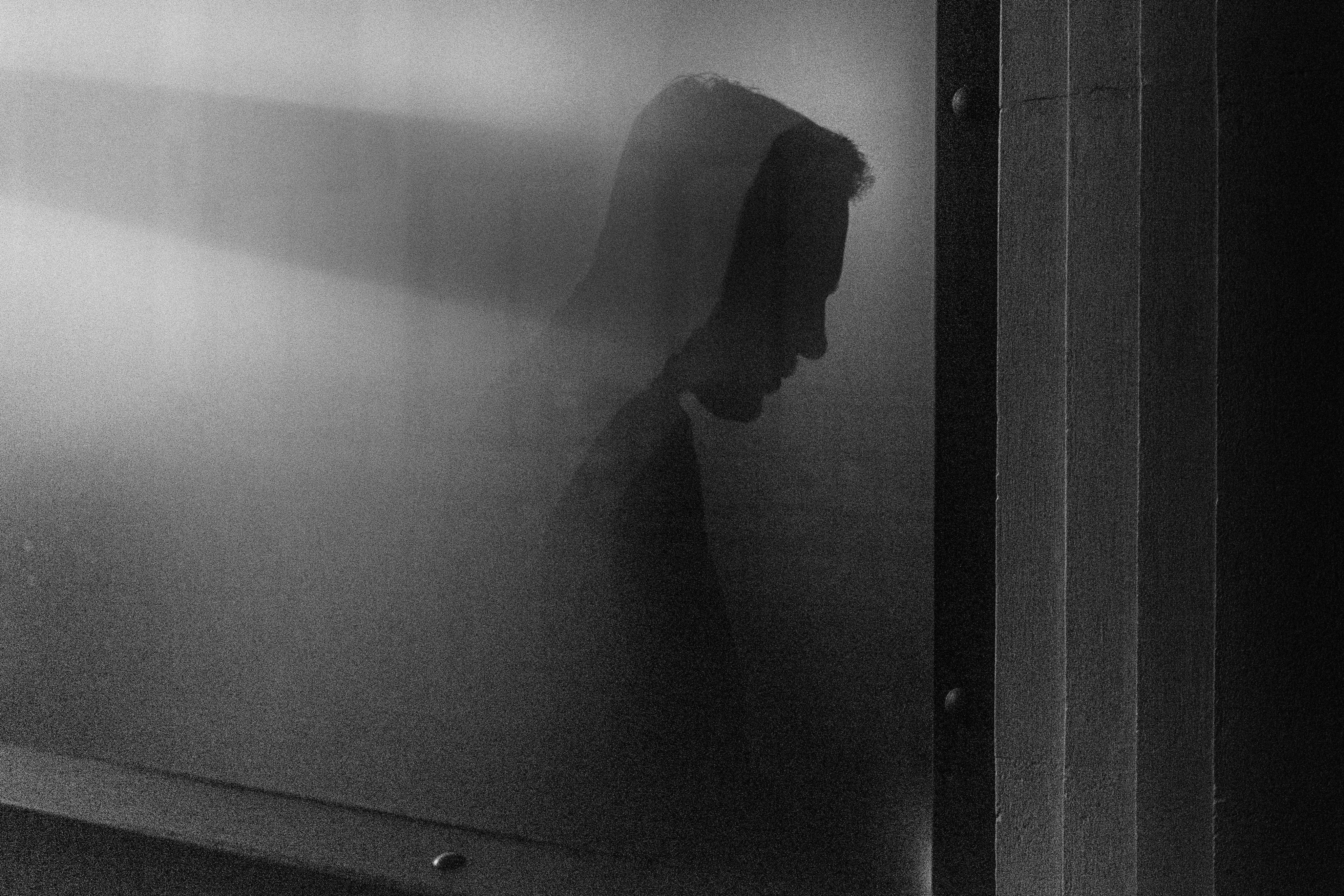
Photo by Rene Böhmer on Unsplash
Photo by Rene Böhmer on Unsplash
Andrew declined, the student said, "Nobody has to know," followed by grabbing Andrew's crotch and forcing him into a bathroom stall where he was assaulted for 15 minutes.

Photo by Marcel Strauß on Unsplash
Photo by Marcel Strauß on Unsplash
After months of therapy and panic attacks, Andrew filed a report with the University where he soon discovered that his assailant had hearings in place for two previous assaults.
Ultimately, his assailant was found guilty of sexual misconduct and was suspended for just over a semester
Andrew stated that he was most frustrated that his assault and future assaults could have been prevented if proper action had been taken sooner.
Kassie, E. (2017, December 7). Male victims of Campus Sexual Assault Speak Out. HuffPost. https://www.huffpost.com/entry/male-victims-sexual-assault_n_6535730
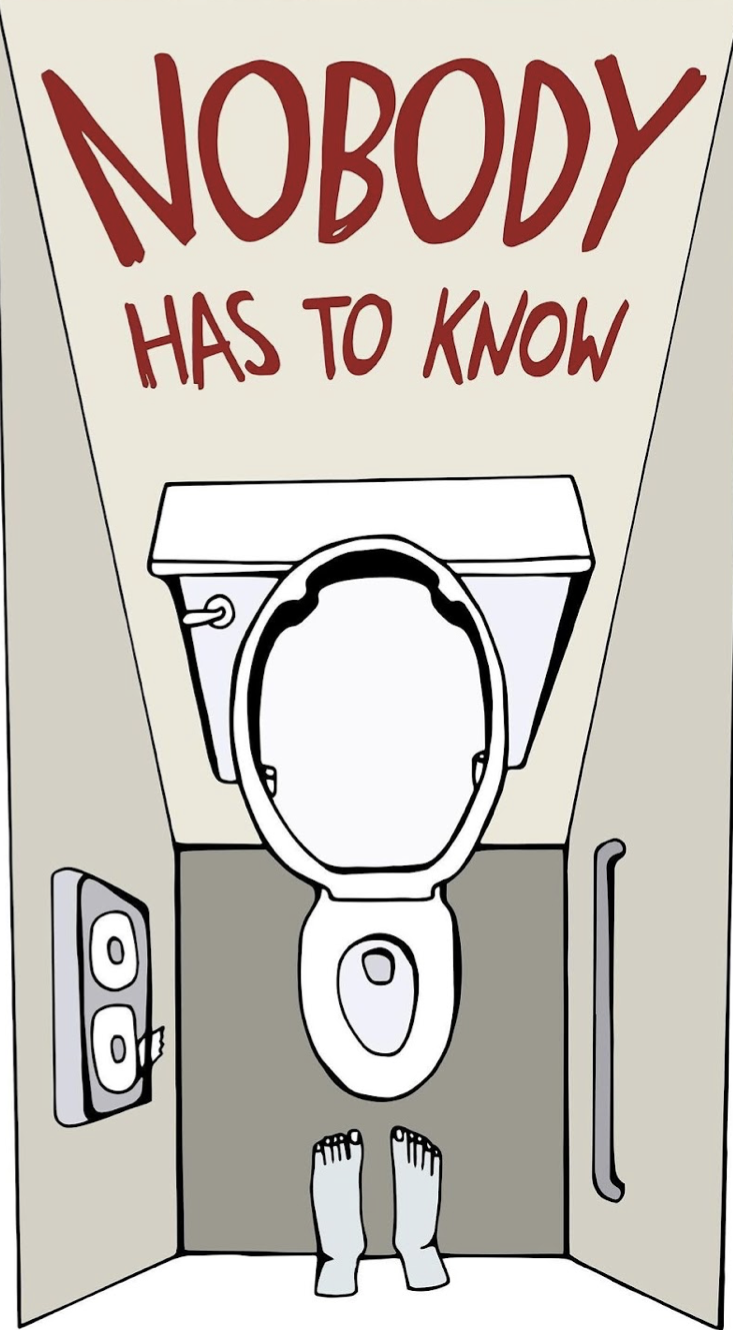
Preventions
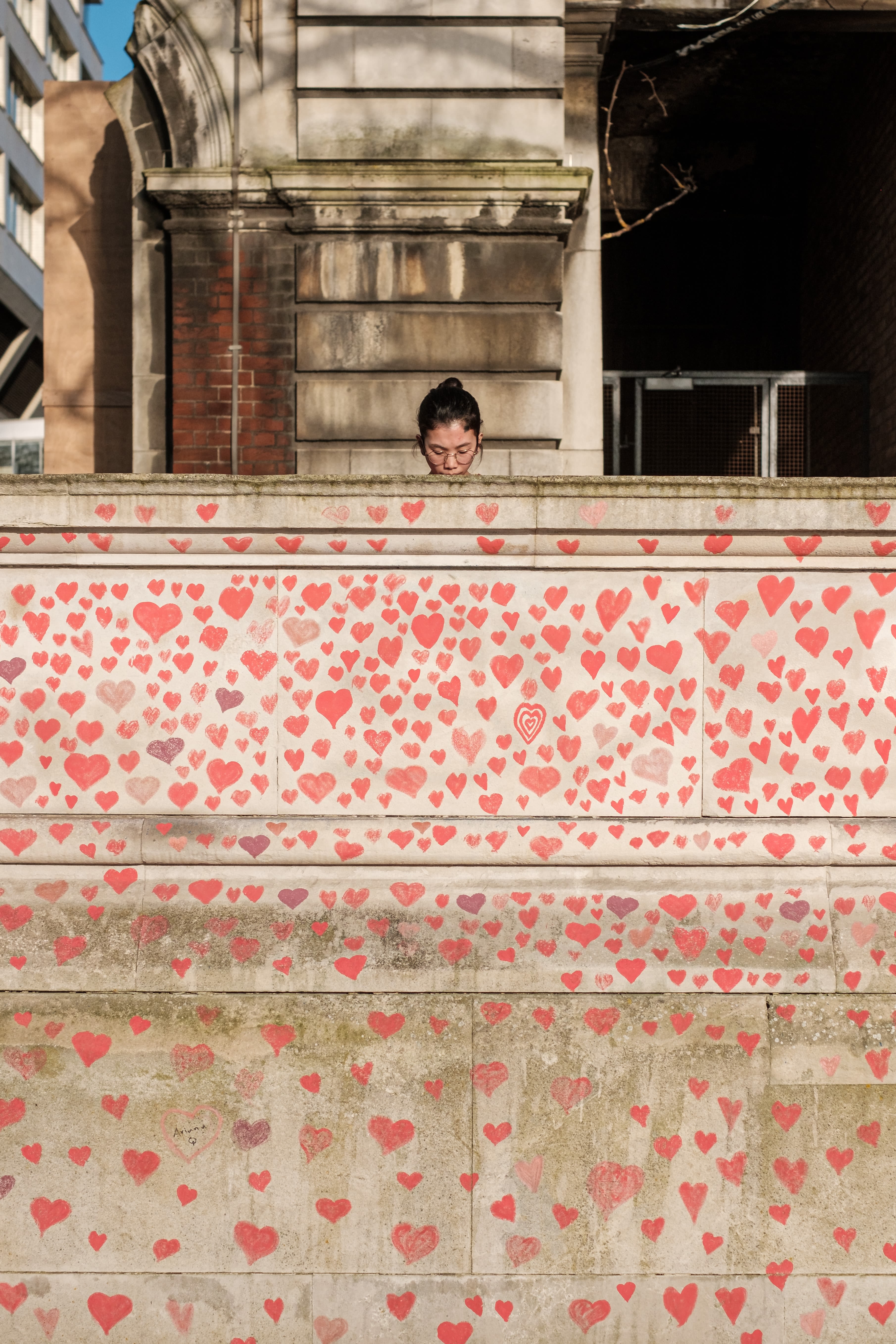

Photo by Miguel Bruna on Unsplash
Photo by Miguel Bruna on Unsplash
One reason many students choose not to disclose sexual assault is because they don’t believe the university will handle it in a proper and timely manner. By creating clear-cut policies and guidelines for handling accusations of misconduct, students understand what the process will look like and how the university will respond.
University's need to implement sexual assault prevention training programs for all first-year students and transfer students that underscore where the university stands on sexual assault
More and more campuses need to provide safety escort services where students can be walked around campus by Campus police, or they can call and ask for help to get out of a situation that makes them uncomfortable. This service should be well staffed and available 24/7 in all Campus and Uni Associated locations.
Curtis, K. (2022, January 27). Preventing Sexual Assault in College. EduMed.
Kitchin, R. (2018, August). No clear sexual assault reporting system at New Zealand universities [Video]. Stuff. https://www.stuff.co.nz/national/112689669/no-clear-sexual-assault-reporting-system-at-new-zealand-universities#:~:text=Students%20who%20have%20been%20sexually
Conclusion
With sexual assault in New Zealand universities reaching all-time highs, it is now more important than ever to educate and support victims and students. Reducing gender stigmas is important in making all victims feel heard, valued, and supported. Taking action to prevent future assaults, establish support programs for victims, and enforce accountability for assailants, is key to reducing sexual assault cases within Aotearoa universities.
References
Batangan, D. (2021). #Why I Didn’t Report [Image]. Medium. https://medium.com/the-pink/rape-culture-all-the-small-things-3f70d93f8cd0
Beaumont, S., Barton, A. M., Jordan, J., & Monod de Froideville, S. (2021). Look at her, it’s the same old story. Feminist Media Studies, 22(6), 1478–1494. https://doi.org/10.1080/14680777.2021.1893780
Caamano-Isorna, F., Adkins, A., Moure-Rodríguez, L., Conley, A. H., & Dick, D. (2018). Alcohol Use and Sexual and Physical Assault Victimization Among University Students: Three Years of Follow-Up. Journal of Interpersonal Violence, 36(7-8), 3574-3595. https://doi.org/10.1177/0886260518780413
Curtis, K. (2022, January 27). Preventing Sexual Assault in College. EduMed. https://www.edumed.org/resources/preventing-sexual-assault-in-college/#:~:text=Initiate%20sexual%20assault%20prevention%20training&text=Universities%20should%20plan%20to%20address,as%20a%20means%20of%20prevention
Duff, M. (2019, August 21). Massey University accused of mishandling allegations of a violent sexual assault. Stuff. https://www.stuff.co.nz/national/115029105/massey-university-accused-of-mishandling-allegations-of-a-violent-sexual-assault#:~:text=Massey%20University%20accused%20of%20mishandling%20allegations%20of%20a%20violent%20sexual%20assault,-Michelle%20Duff05&text=Massey%20University%20could%20not%20point,attacker%20removed%20from%20her%20workplace.
Durham, M.G. (2021). MeToo: The impact of rape culture in the media. Polity Press.
Fitzpatrick, K. (2018). Sexuality education in New Zealand: a policy for social justice? Sex Education, 18(5), 601–609. https://doi.org/10.1080/14681811.2018.1446824
Haime, J. (2018). Don’t Get Raped [Image]. University of New Hampshire. https://www.unh.edu/unhtoday/2018/10/deconstructing-rape-culture
Heather, Foley, K. L., DuRant, R. H., Hensberry, R. A., Altman, D. G., & Wolfson, M. (2004). Adolescent sexual victimization, use of alcohol and other substances, and other health risk behaviors. Journal of Adolescent Health, 35(4), 321–328. https://doi.org/10.1016/j.jadohealth.2003.09.023
Hubach, R. D., Story, C. R., Currin, J. M., Woods, A., Jayne, A., & Jayne, C. (2019). “What Should Sex Look Like?” Students’ Desires for Expanding University Sexual Assault Prevention Programs to Include Comprehensive Sex Education. Qualitative Health Research, 29(13), 1967–1977. https://doi.org/10.1177/1049732319844502
Jaquiery, S. (2019). Party Culture Street [Image]. Otago Daily Times. https://www.odt.co.nz/news/dunedin/campus/university-of-otago/otago-student-parties-so-big-people-travel-auckland
Kassie, E. (2017, December 7). Male victims of Campus Sexual Assault Speak Out. HuffPost. https://www.huffpost.com/entry/male-victims-sexual-assault_n_6535730
Kitchin, R. (2018, August). No clear sexual assault reporting system at New Zealand universities [Video]. Stuff. https://www.stuff.co.nz/national/112689669/no-clear-sexual-assault-reporting-system-at-new-zealand-universities#:~:text=Students%20who%20have%20been%20sexually
Kypros Kypri, Maclennan, B., Cousins, K., & Connor, J. (2018). Hazardous Drinking among Students over a Decade of University Policy Change: Controlled Before-and-After Evaluation. International Journal of Environmental Research and Public Health, 15(10), 2137–2137. https://doi.org/10.3390/ijerph15102137
Lindo, J. M., Siminski, P., & Swensen, I. D. (2018). College Party Culture and Sexual Assault. American Economic Journal: Applied Economics, 10(1), 236–265. https://doi.org/10.1257/app.20160031
MacManus, J., & Mau, A. (2019, May 20). No clear sexual assault reporting system at New Zealand universities. Stuff
Male sexual abuse in New Zealand. (n.d.). Men and Trauma New Zealand. https://www.menandtrauma.nz/male-sexual-abuse-in-new-zealand.html
Merken, S., & James, V. (2019). Perpetrating The Myth: Exploring Media Accounts of Rape Myths on “Women’s” Networks. Deviant Behavior, 41(9), 1176–1191. https://doi.org/10.1080/01639625.2019.1603531
Muehlenhard, C. L., Peterson, Z. D., Humphreys, T. P., & Jozkowski, K. N. (2017). Evaluating the One-in-Five Statistic: Women’s Risk of Sexual Assault While in College. The Journal of Sex Research, 54(4-5), 549–576. https://doi.org/10.1080/00224499.2017.1295014
Reling, T.T., Barton, M.S., Becker, S., & Valasik, M.A. (2017). Rape Myths and Hookup Culture: An Exploratory Study of U.S. College Students’ Perceptions. Sex Roles, 78(7-8), 501–514. https://doi.org/10.1007/s11199-017-0813-4
Re: News. (2022, August 7). Her best friend died at a Dunedin flat party. Now she’s calling for change [Video]. YouTube. https://www.youtube.com/watch?v=v-yqlsRm9WA
Research Brief College Party Culture and Sexual Assault: Regulation and Applied Economic Analysis: Montana State University. (2018). Montana.edu. https://www.montana.edu/regecon/publications/collegepartycultureandsexualassaultresearchbrief/index.html#:~:text=In%20addition%2C%20potential%20perpetrators%20may,simply%20by%20increasing%20social%20contact.
Russell, G. (2022). University of Vermont students gather at a protest against the administration’s response to sexual assaults on campus in Burlington on Wednesday [Image]. VTDigger. https://vtdigger.org/2022/04/27/students-walk-out-to-demand-changes-in-treatment-of-sexual-misconduct-cases/
Stubbs-Richardson, M., Rader, N. E., & Cosby, A. G. (2018). Tweeting rape culture: Examining portrayals of victim blaming in discussions of sexual assault cases on Twitter. Feminism & Psychology, 28(1), 90–108. https://doi.org/10.1177/0959353517715874
Thursdays In Black. (n.d.). Thursdays In Black Protest [Image]. https://thursdaysinblack.org/
Wiltshire, L. (2020, October 9). The dark side of university: 28 per cent of students experience sexual assault, Otago study finds. Stuff. https://www.stuff.co.nz/national/education/123017122/the-dark-side-of-university-28-per-cent-of-students-experience-sexual-assault-otago-study-finds#:~:text=A%20study%20of%20students%20at,only%20told%20one%20close%20person.
Wood, N., & Dickson, S. (n.d.). https://toah-nnest.org.nz/wp-content/uploads/2022/03/ReportingSexualViolence.pdf
Nelson, L. (2014, May 9). Six charts that explain sexual assault on college campuses. Vox; Vox. https://www.vox.com/2014/5/9/5696162/6-facts-about-sexual-assault-on-campus